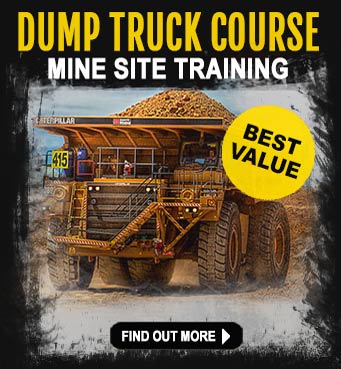An Overview of Modern Mining Work
Mining work has changed significantly over the years. Where picks and shovels were the first miner`s tools, modern equipment has taken much of the manual labour out of the job.
The types of minerals being mined and the uses for those minerals have also changed. Gypsum is being mined to produce wallboards for building new homes and remodelling older homes. Limestone is mined to produce cement, which in turn is used for multiple purposes.
Gold mines are not just for jewellery any more. Gold is used in computer parts, in medical equipment and in other technologically advanced machinery.
Molybdenum is one of the less well-known minerals. It is mined to be used for strengthening steel and for other purposes.
Coal mines are abundant throughout the world. There are nearly 1000+ coal mine operations in the U.S., over 3000+ in China and over 400+ in Australia. There are hundreds of others. Almost every country in the world has some coal deposits. The mineral was at one time used to heat homes, but its main use today is as a fuel source for electric power plants.
Mines are typically classified not only by the type of mineral that are being extracted, but also according to the technique being used. There are two main techniques: surface and underground or sub-surface. Surface mines are the most common.
Surface mining work involves the use of heavy equipment to first remove plants and soil, commonly referred to as ‘stripping’. Depending on the depth of the deposit, layers of bedrock may also need to be moved.
Large dozers or drag lines, loaders and trucks are among the machines you will see at surface mines. The dozers or drag lines are used to remove the over-burden, the soil, rock and plants that cover the deposit. Loaders pick up the over-burden and dump it into haul trucks that transport it to designated dump sites.
Surface mining work often involves the use of explosives. In mountaintop mining, for example, the seams of ore are buried at some depth. The fastest and easiest way to remove the overburden is through blasting. Once the smoke clears, the process of gathering and hauling away the overburden begins.
In underground mines, shafts or tunnels are dug to get to the deeply buried mineral deposit. Since this type of mine is the least safe and often the most costly to construct, the shaft and tunnel mines are less common today than they were in the past.
As you can see, most mining work today involves the use of heavy equipment. It`s not an easy job, but technology has made the job safer and eliminated much of the manual labour.

